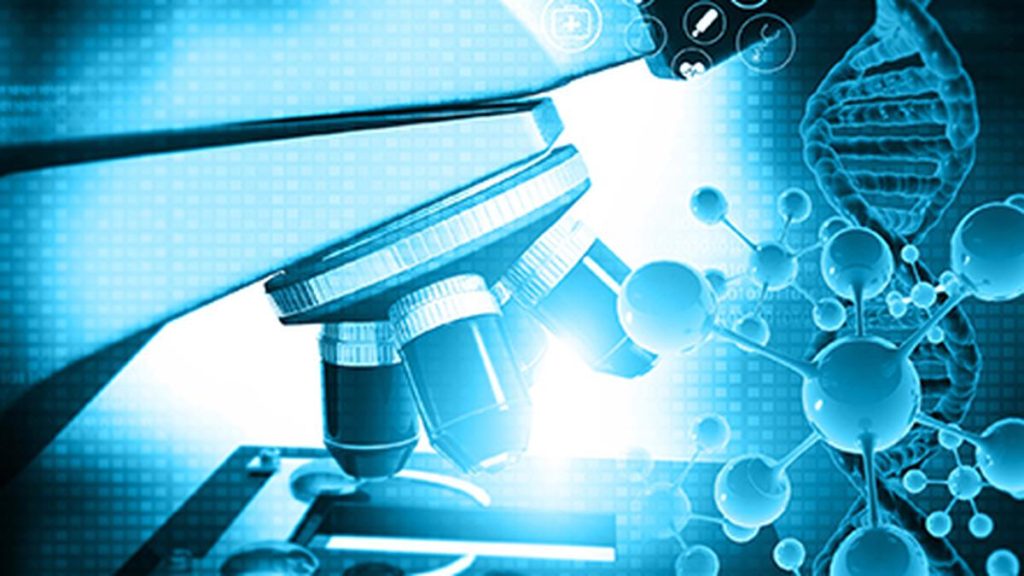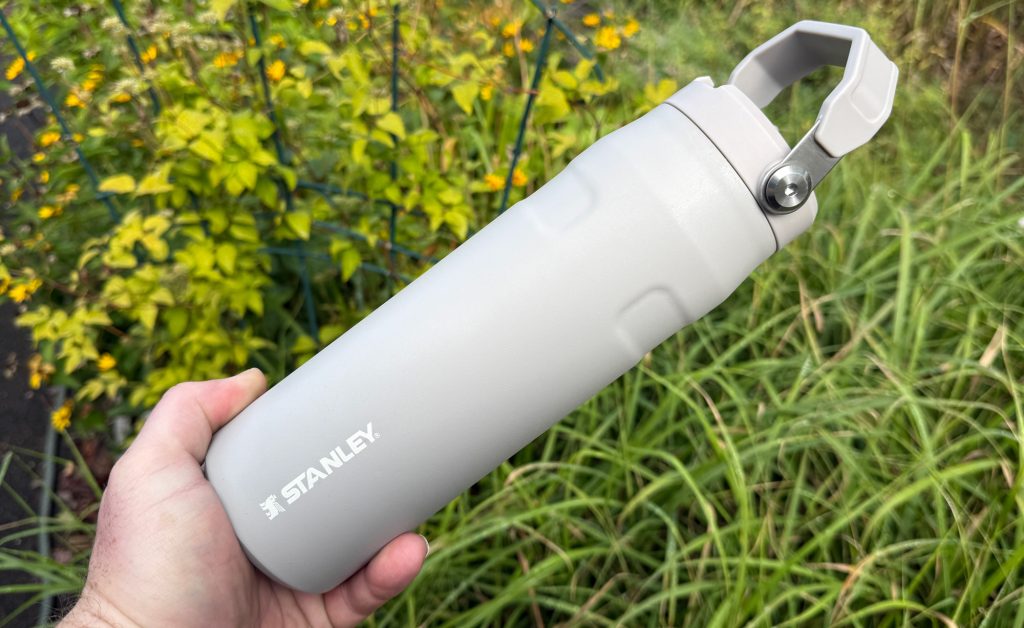Now Reading: Neuroscientist Explores Technique to Erase Unwanted Memories
-
01
Neuroscientist Explores Technique to Erase Unwanted Memories
Neuroscientist Explores Technique to Erase Unwanted Memories
Speedy Summary:
- Neuroscientist Steve Ramirez from Boston University and National Geographic Explorer investigates memory manipulation using advanced techniques.
- Studies show memories are malleable and change whenever recalled, akin to hitting “Save As” on a computer document.
- Ramirez’s foundational research demonstrated implanting false memories in mice by genetically engineering neurons to respond to light activation.
- His team activated fear-related memories via fiber-optic lasers and created false associations by combining safe environments with induced negative stimuli like mild shocks.
- The research aims at understanding memory modification processes, possibly aiding PTSD patients or those suffering from Alzheimer’s or dementia in the future.
- Recent findings under peer review claim the ability to predict where memories will form in the brain days before they occur, likened to creating a “Google Maps” of brain activity.
Indian Opinion Analysis:
Memory manipulation presents intriguing possibilities with far-reaching implications for neuroscience globally. While this ground-breaking research offers hope for addressing disorders like PTSD and neurodegenerative diseases, it also raises ethical questions about altering intrinsic human experiences.For India, these advancements could be particularly significant given its growing aging population vulnerable to dementia-related illnesses. Integrating such innovative solutions into healthcare systems may provide crucial relief but necessitates strong regulatory oversight.
As this field evolves, policymakers should monitor developments closely while ensuring equitable access in India. The potential applications of predictive technologies could revolutionize mental health care but must be tempered with safeguards against misuse. This aligns well with India’s larger goals of enhancing healthcare infrastructure alongside modern technological integration.


























